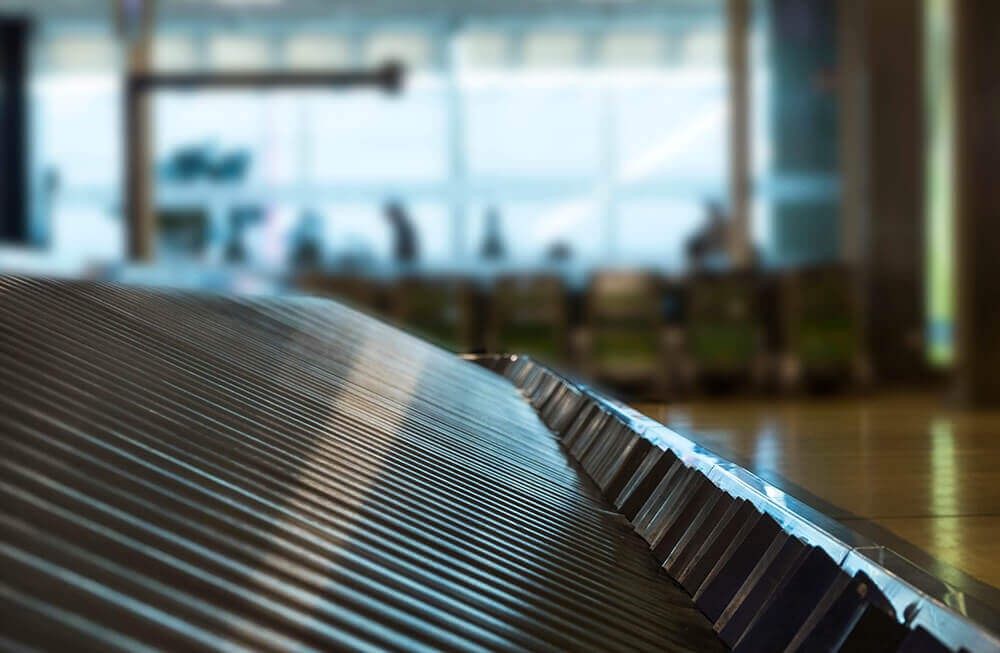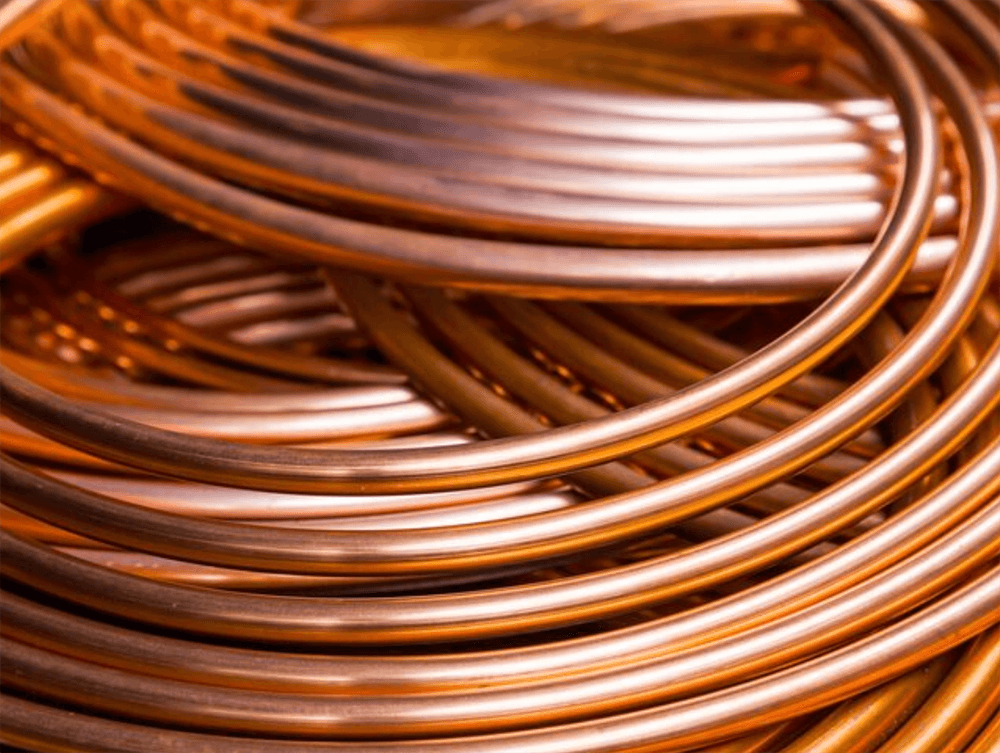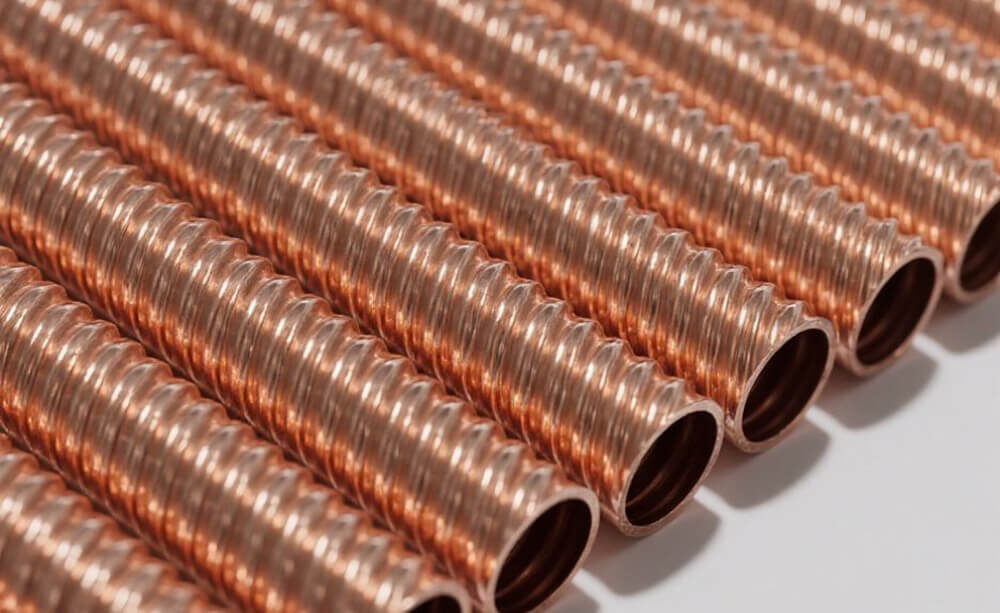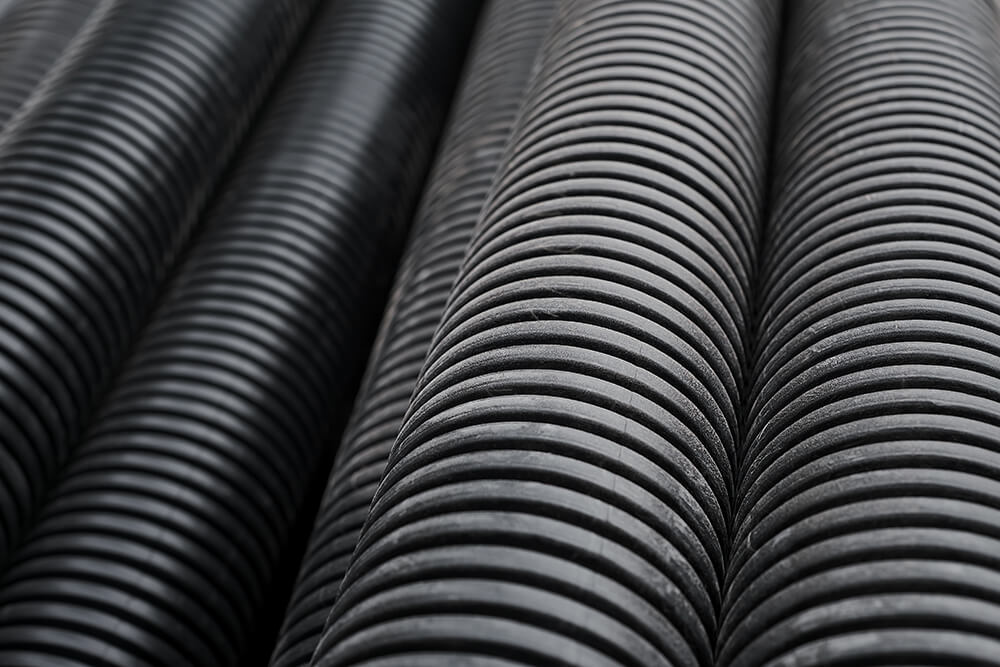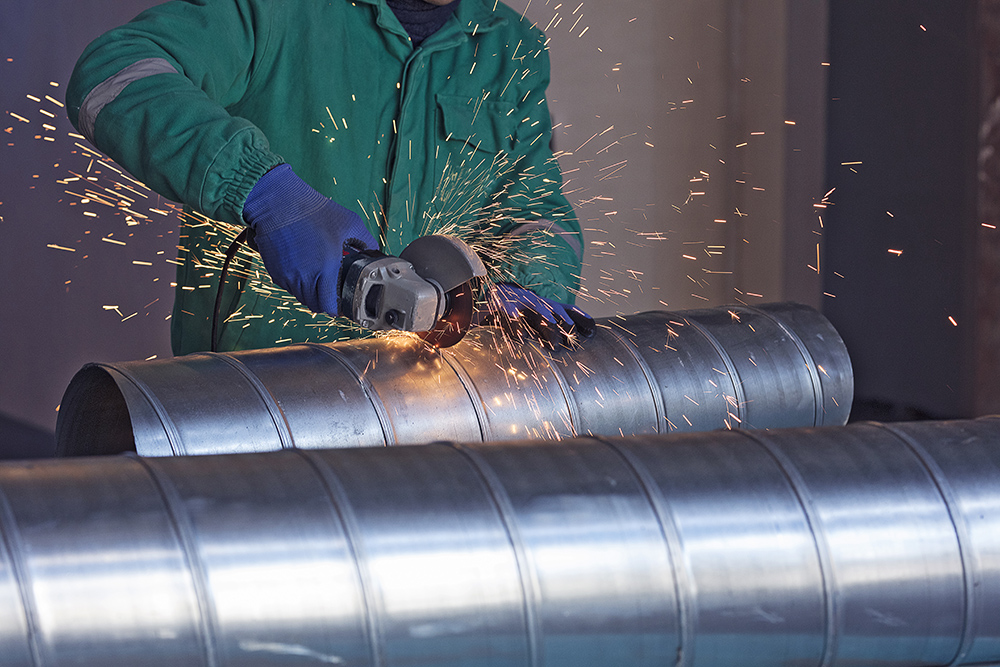When we think of air-cooled chillers, the image that typically comes to mind is one of large systems that rely on high-powered fans to circulate air across finned-tube heat exchangers. Fans play a critical role in moving air, which helps carry heat away from the condenser and keeps the system efficient. But is it possible to design an air-cooled chiller that operates without a fan, relying solely on fins attached to tubes as heat exchangers? This question touches on the fundamental principles of heat transfer, system design, and practical feasibility in the world of HVAC systems.
In this article, we will explore the possibilities of creating an air-cooled chiller without a fan, examining the role of fins and tubes, the challenges involved, and the theoretical limitations of such a design. While the answer may seem straightforward, it offers deeper insights into how cooling systems work and the engineering trade-offs that must be considered.
The Role of Fins and Tubes in Heat Exchangers
Before we dive into the feasibility of a fan-less air-cooled chiller, it’s important to understand how fins and tubes work in traditional heat exchanger designs.
Fins are metal structures that are attached to tubes to increase the surface area available for heat exchange. The more surface area that is available, the more heat can be transferred from the refrigerant inside the tubes to the surrounding air. Fins improve the heat transfer efficiency of the tubes by creating turbulence in the air, which disrupts the boundary layer and increases convective heat transfer.
In an air-cooled chiller, the refrigerant flows through the tubes while the surrounding air absorbs the heat from the refrigerant via the fins. The process is assisted by fans that blow air across the fins and tubes, ensuring that there is a steady flow of air to carry the heat away.
But what happens if we remove the fan? Can the system still operate?
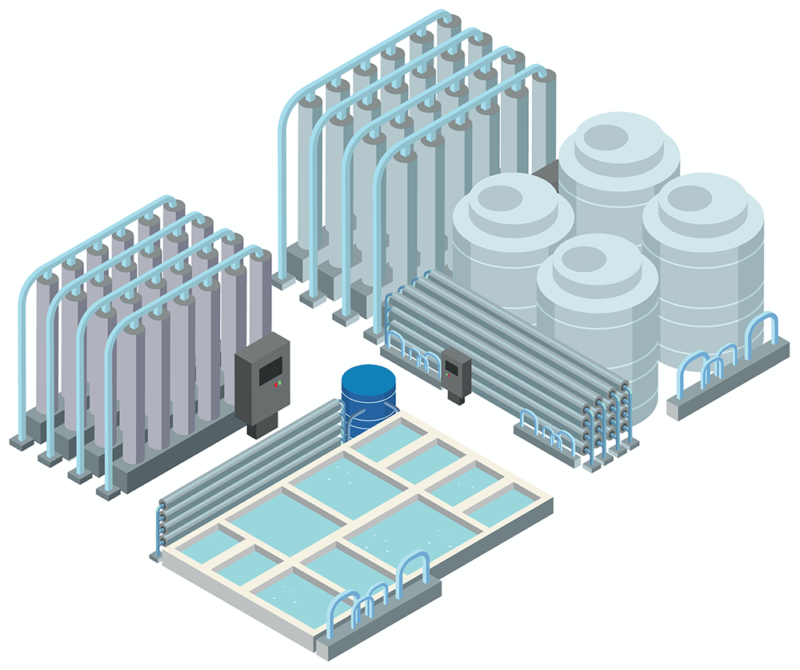
Heat Transfer Without Forced Air Flow
The primary purpose of the fan in an air-cooled chiller is to force air over the finned tubes, thus enhancing the heat transfer process. Without a fan, there would be no forced air movement to facilitate the convective heat exchange process. This leads to the first major limitation: natural convection.
Natural convection occurs when air moves due to temperature differences. As the air near the fins heats up, it becomes less dense and rises, creating a natural flow of air. While natural convection is a legitimate method for heat transfer, it is significantly less efficient than forced convection, which is the type of air movement provided by fans.
Without a fan, the airflow would be much slower, leading to poor heat transfer. For an air-cooled chiller to function efficiently, it would require a significant increase in the surface area of the fins or the use of materials with better thermal conductivity. However, even with these adjustments, the cooling capacity of the system would be considerably lower compared to a traditional fan-assisted system.
Challenges and Practical Feasibility
1. Surface Area and Heat Transfer
One possible solution to the lack of a fan would be to increase the surface area of the heat exchanger by using fins that are longer, wider, or more densely packed. However, this would result in a larger, bulkier system that might not be practical for commercial or residential applications. Additionally, increasing the surface area alone cannot fully overcome the lack of airflow, as the rate of heat transfer is still heavily dependent on how efficiently heat is carried away by the surrounding air.
2. Ambient Conditions
Natural convection is highly dependent on ambient conditions such as temperature and humidity. In regions where the ambient air temperature is high (e.g., desert climates), the cooling efficiency of a fan-less chiller would be significantly reduced. The heat transfer would be even less effective because the temperature difference between the refrigerant and the air would be smaller, reducing the driving force for natural convection.
Additionally, during periods of high outdoor humidity, the cooling process would be further hindered. Humid air has lower density, making it less effective at carrying heat away from the fins. In these cases, the system might fail to achieve the required cooling capacity altogether.
3. System Size and Cost
Without a fan, to compensate for the loss of airflow, the system would require larger fins or more tubes, increasing both the physical size of the unit and the material costs. Furthermore, the overall energy efficiency would likely drop, as the system would need to operate at lower efficiency levels. To overcome these drawbacks, engineers would need to adopt alternative designs, such as larger, passive heat exchangers or the use of heat pipes and advanced thermal management technologies. However, these designs are still in the experimental or niche markets and are not typically used in large-scale air conditioning or cooling systems.
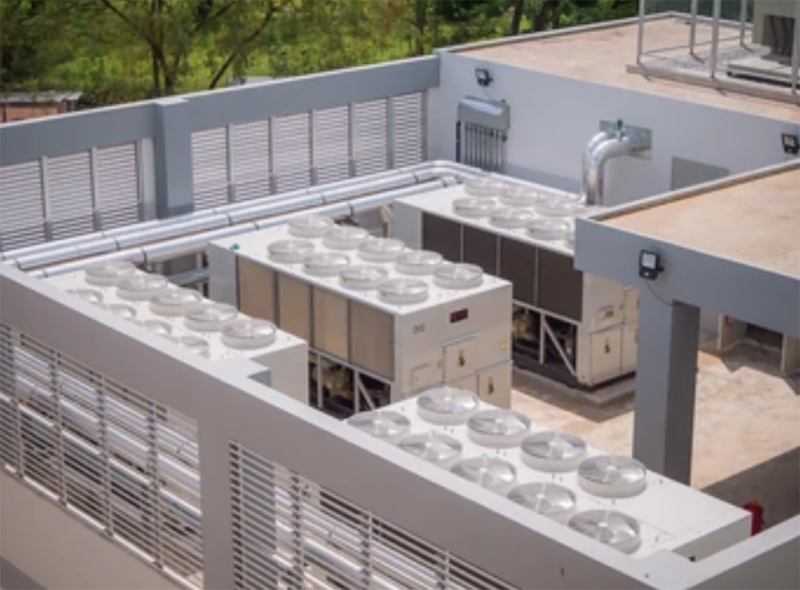
4. Reliability and Maintenance
Fans are not just important for increasing heat transfer efficiency—they also help with preventing issues such as overheating or inefficient airflow. Without a fan, the system would rely solely on natural convection, which may not always provide consistent airflow across all parts of the heat exchanger. This could lead to localized hot spots, uneven heat transfer, and potentially higher rates of failure in critical components.
Additionally, without a fan, the system might be more sensitive to dust, dirt, or debris in the air, as there would be no fan-driven airflow to blow away these particles. This could result in clogged fins, reduced efficiency, and the need for more frequent maintenance.
Conclusion: Is It Possible?
In theory, an air-cooled chiller could be designed without a fan, using only fins on tubes as heat exchangers. However, in practice, it would face several significant challenges that make it highly inefficient for most applications. While natural convection can aid in heat transfer, it is far less effective than forced convection provided by fans. The cooling capacity of the system would be severely limited by the lack of airflow, and the system would likely be much larger and more expensive to manufacture.
In short, while a fan-less air-cooled chiller is technically possible, it is not a practical or efficient solution for most real-world applications. The presence of fans in air-cooled chillers remains a key component for ensuring efficient heat transfer, optimal system performance, and cost-effectiveness.
For industries or individuals seeking a more sustainable or silent alternative, technologies such as liquid-cooled chillers, heat pipes, or evaporative cooling systems might offer better performance and energy efficiency. However, for most HVAC and cooling applications, the fan-assisted finned-tube design remains the best option for reliable and cost-effective cooling.

